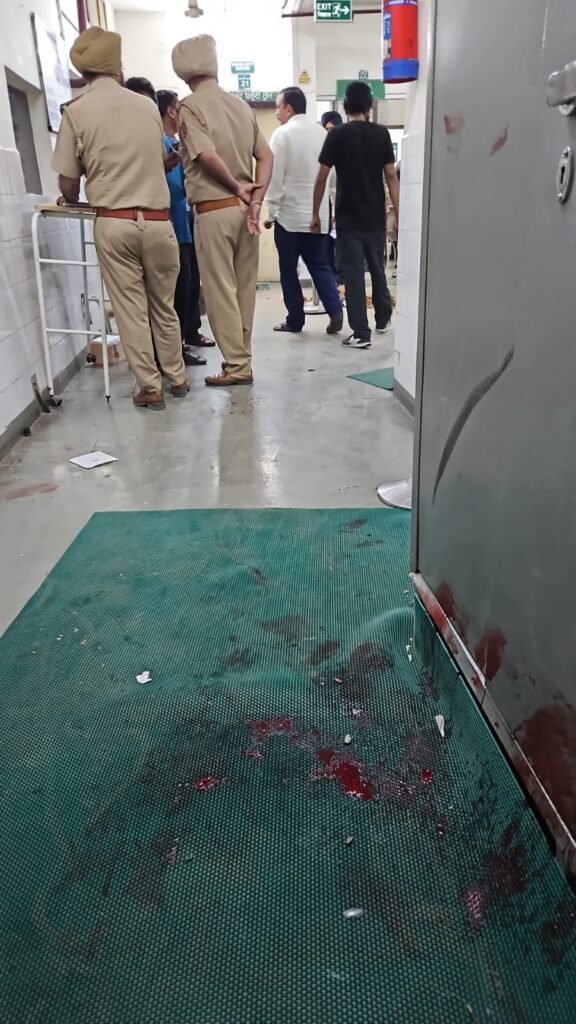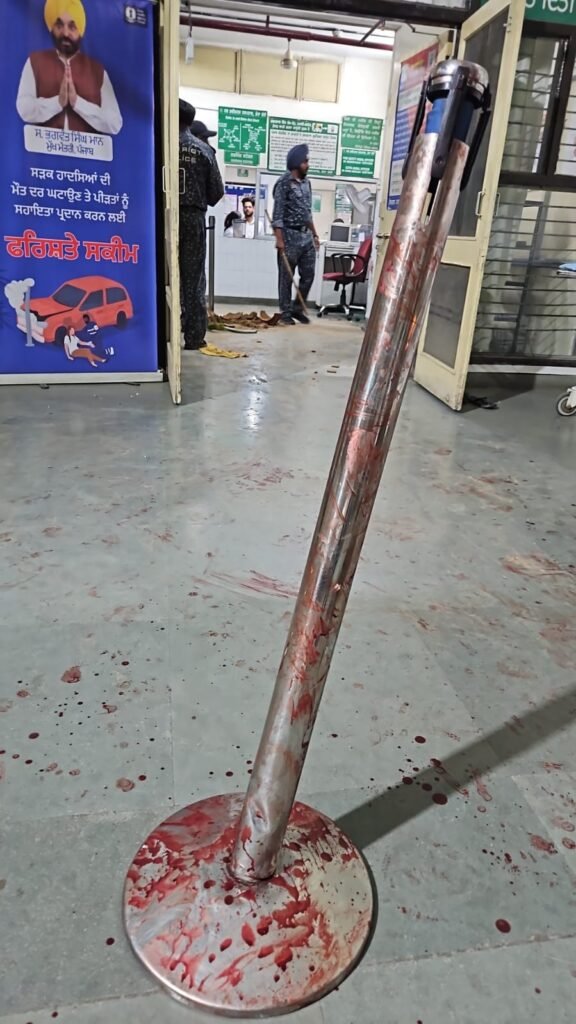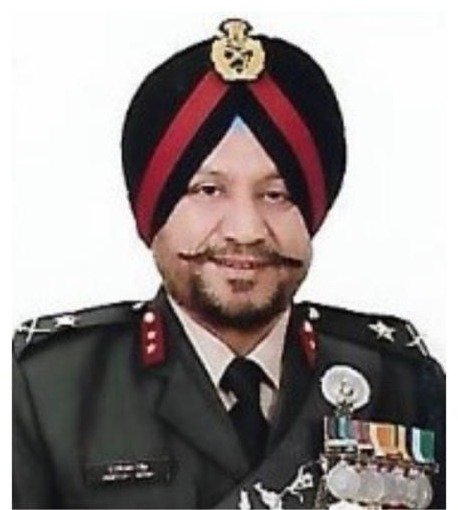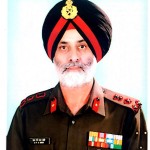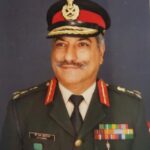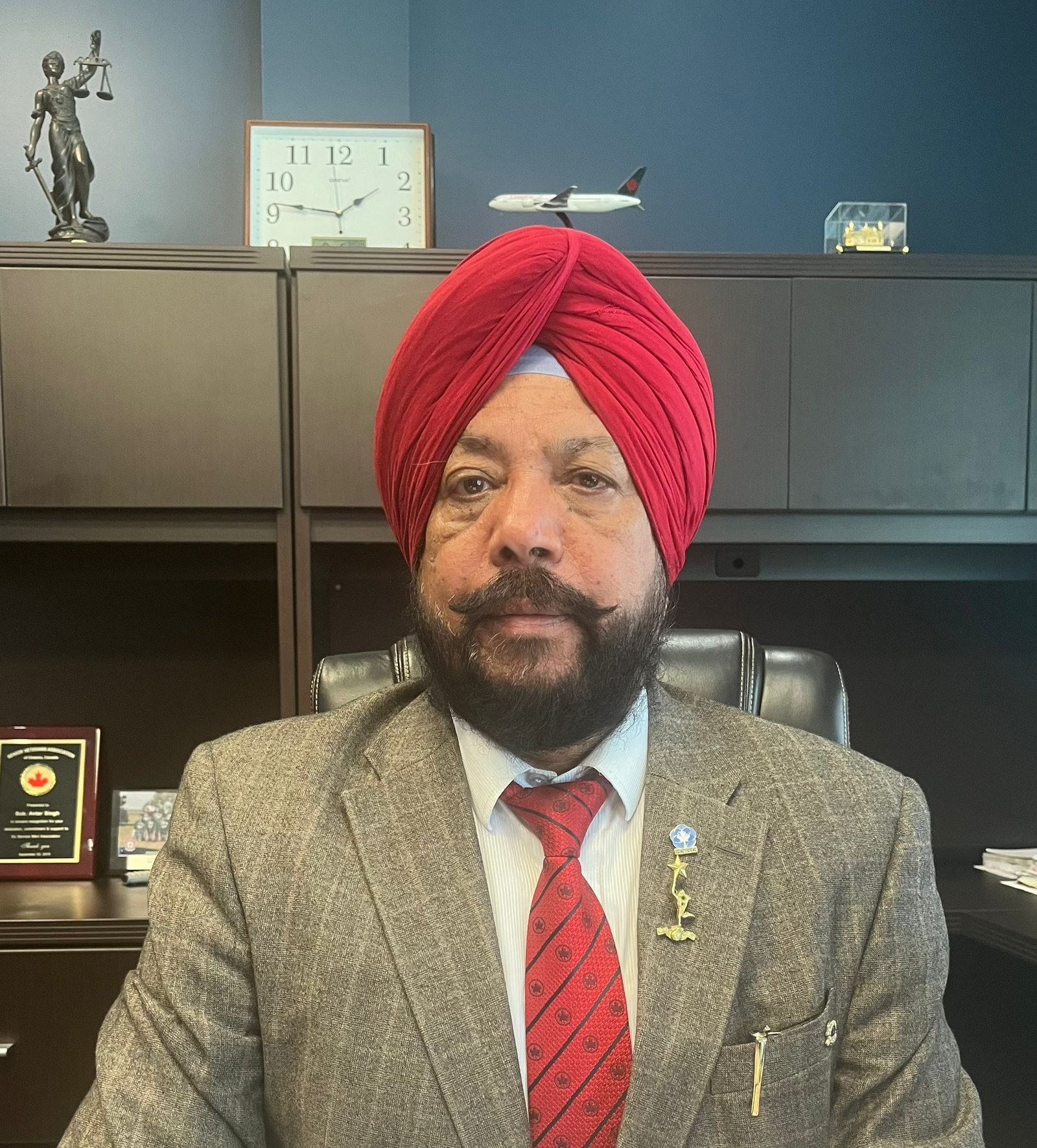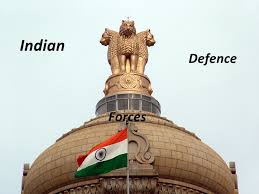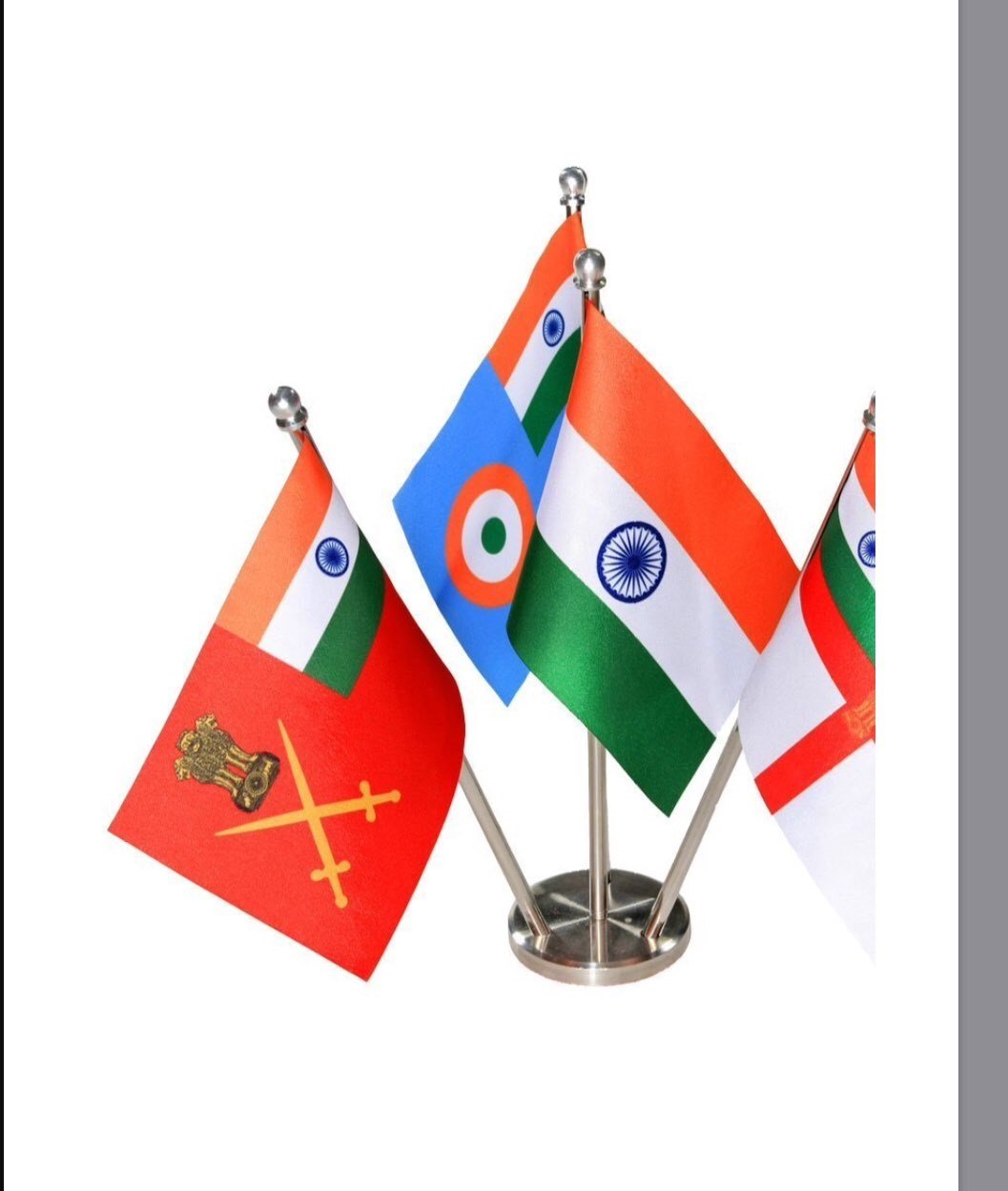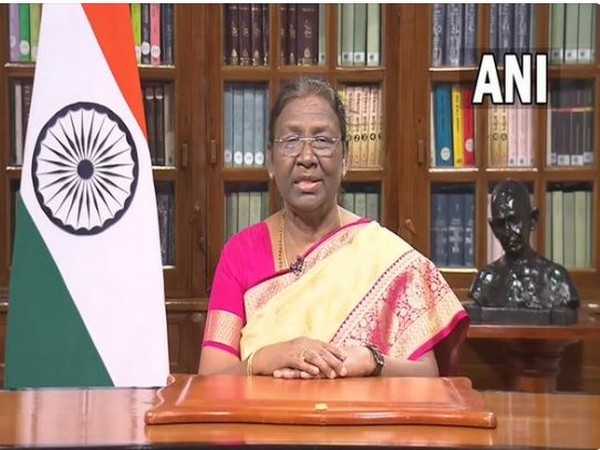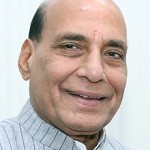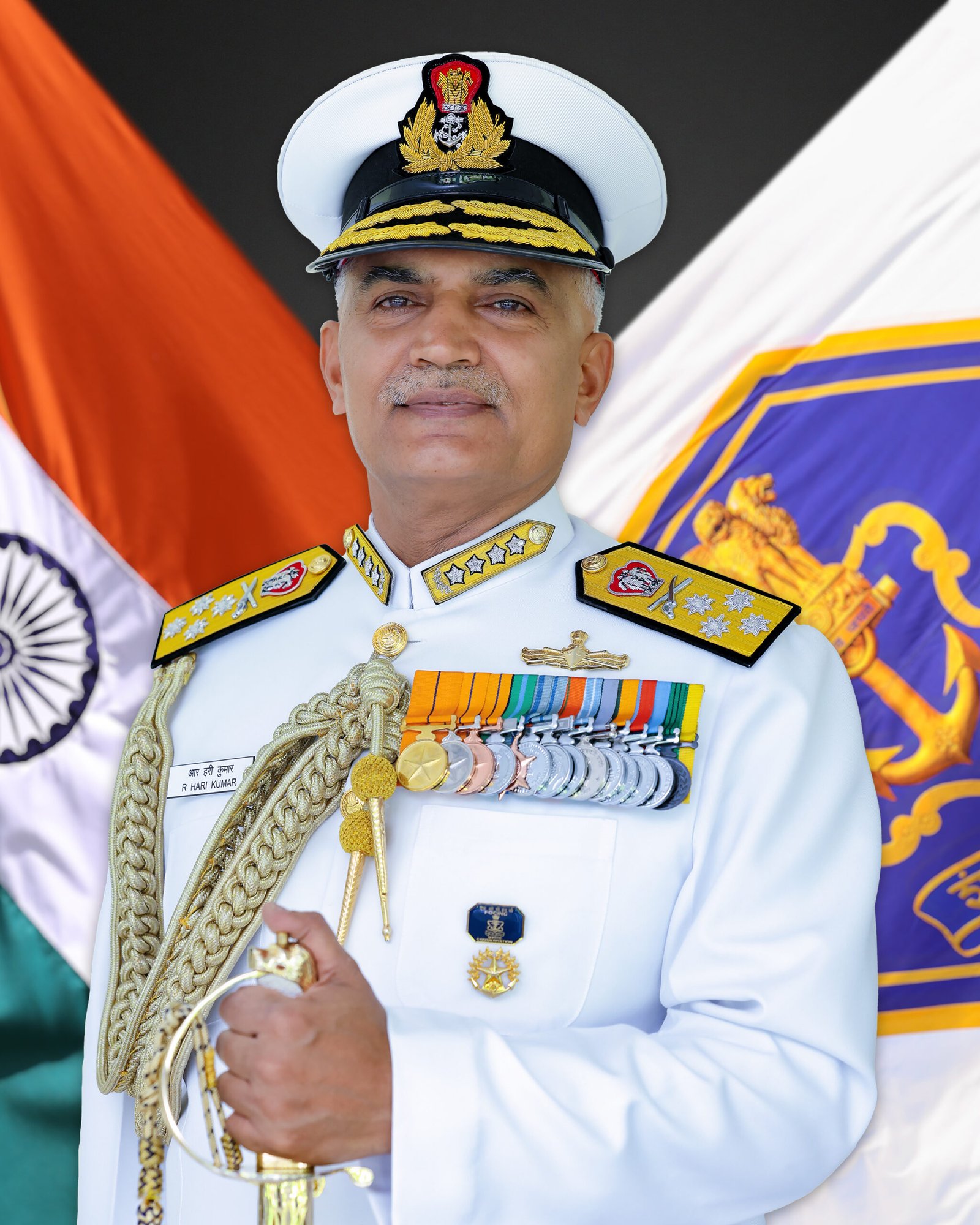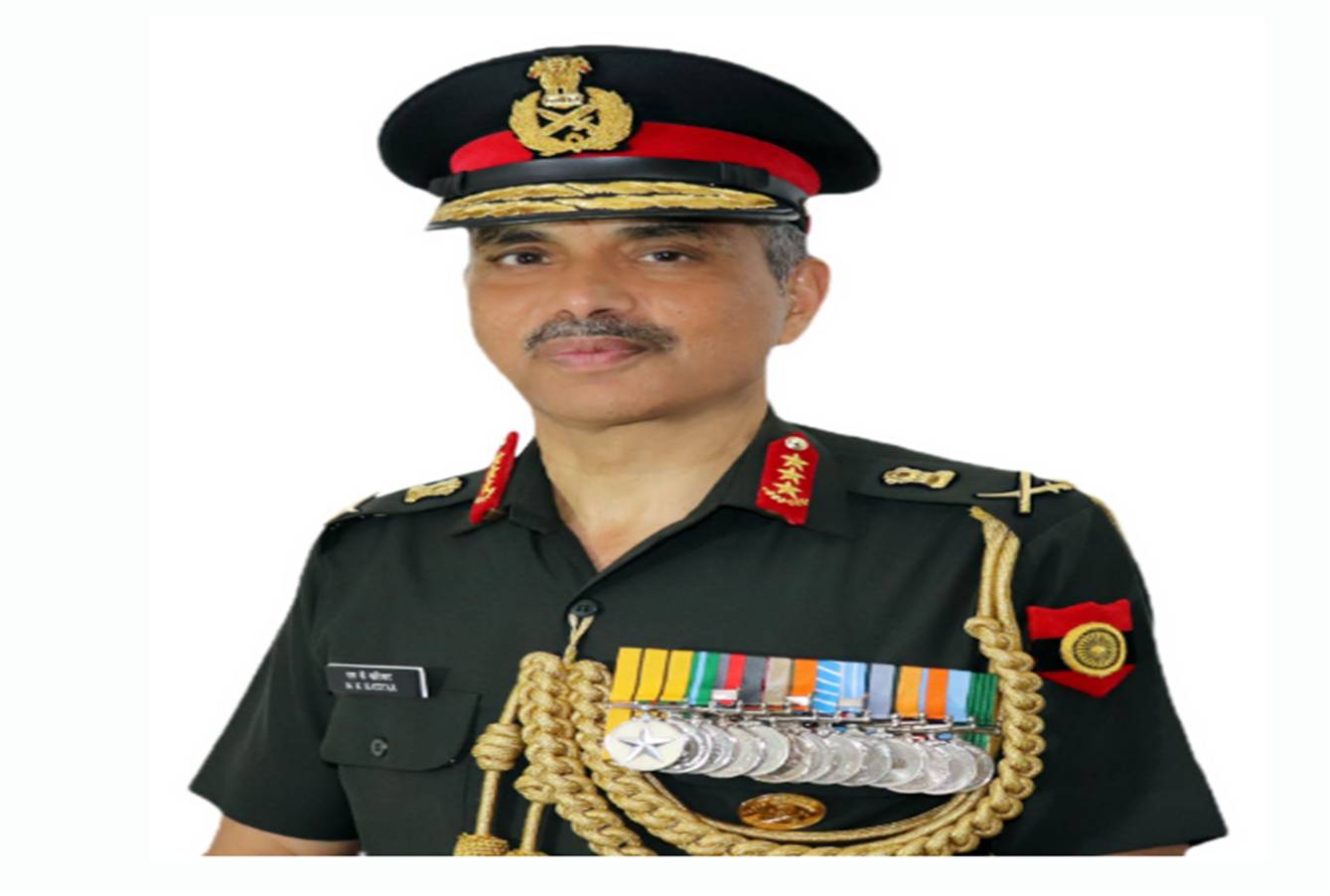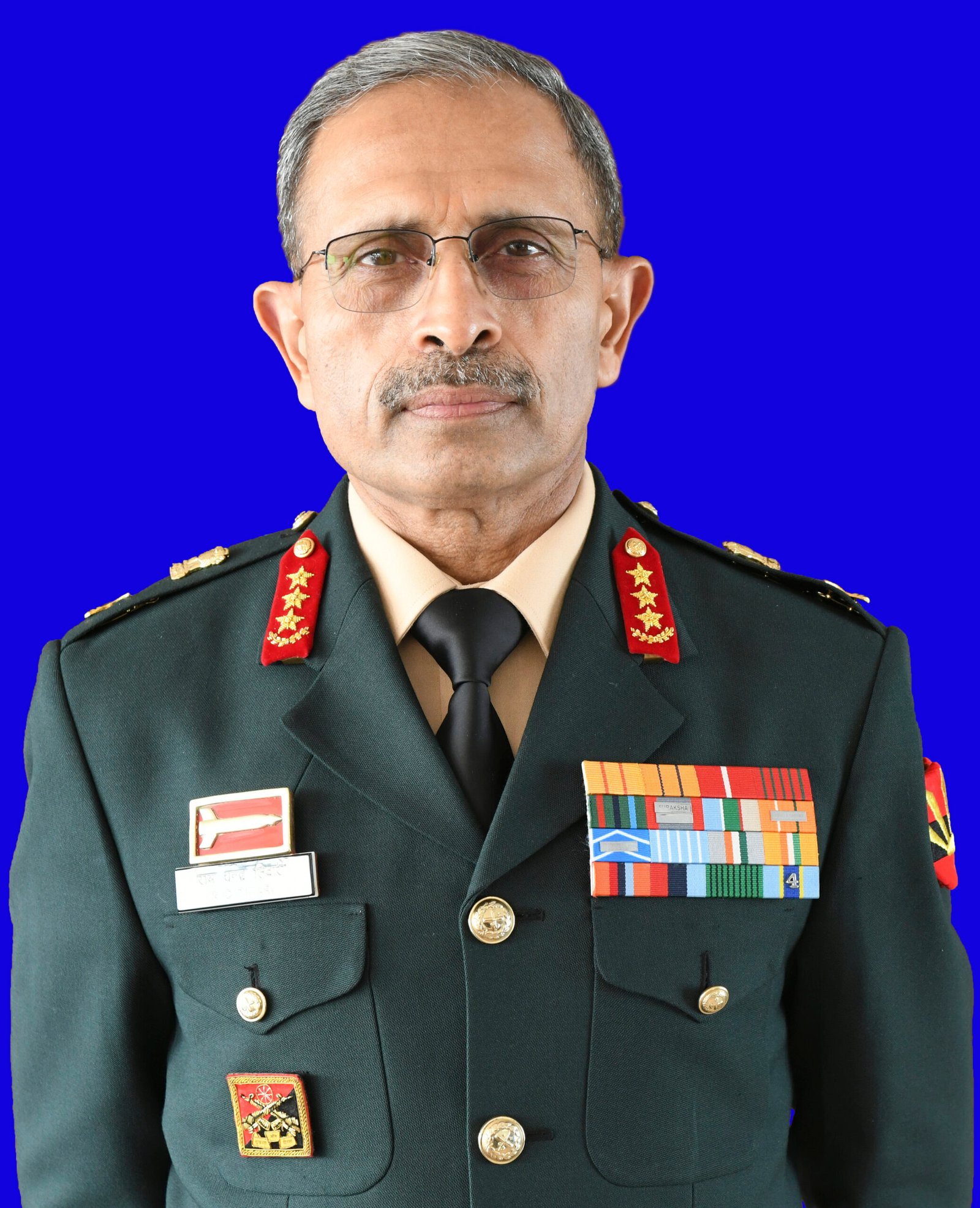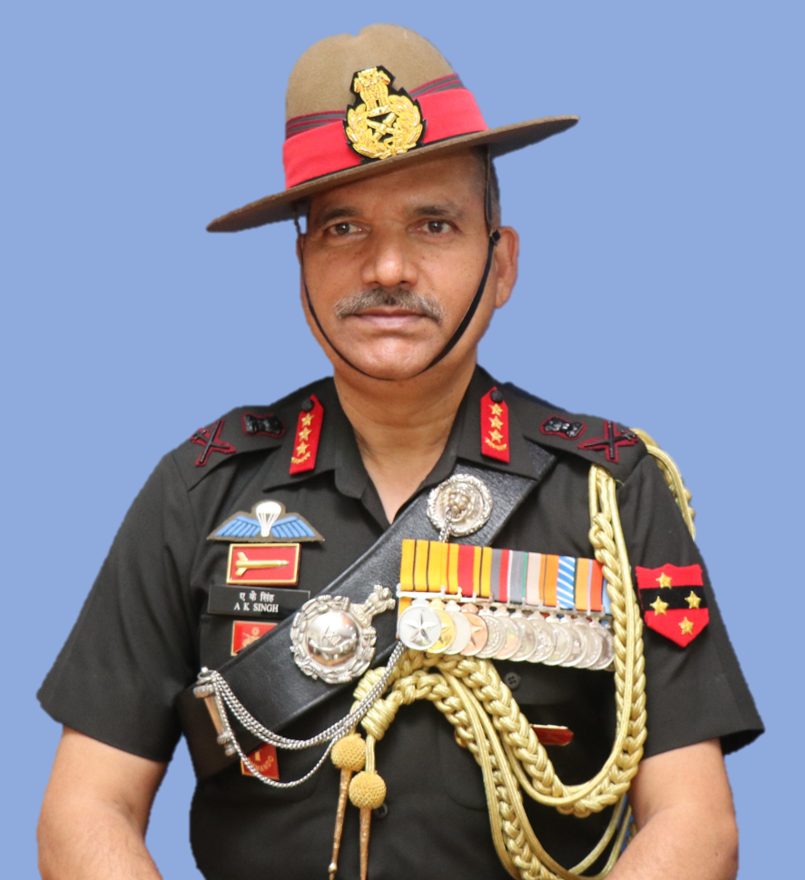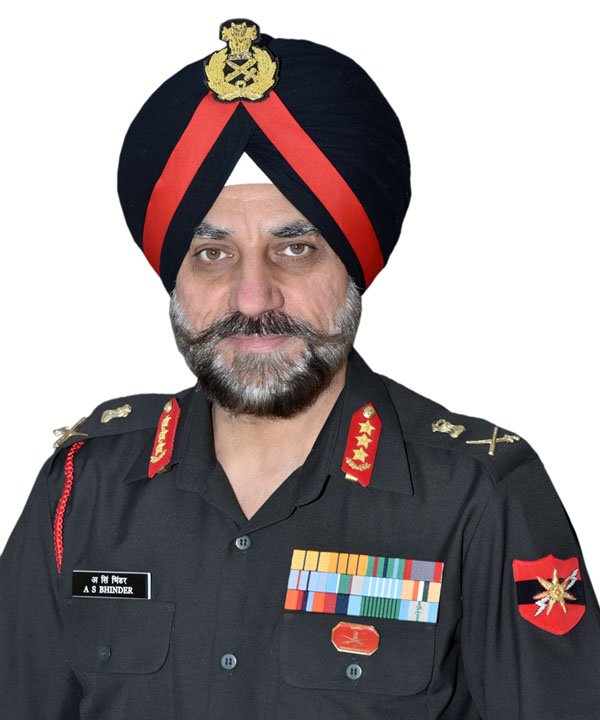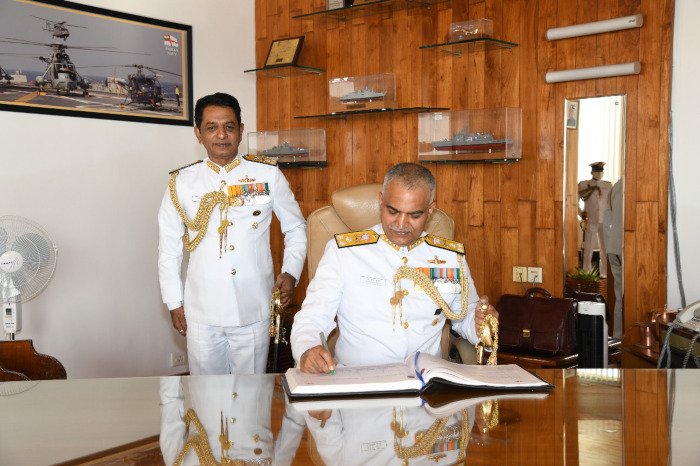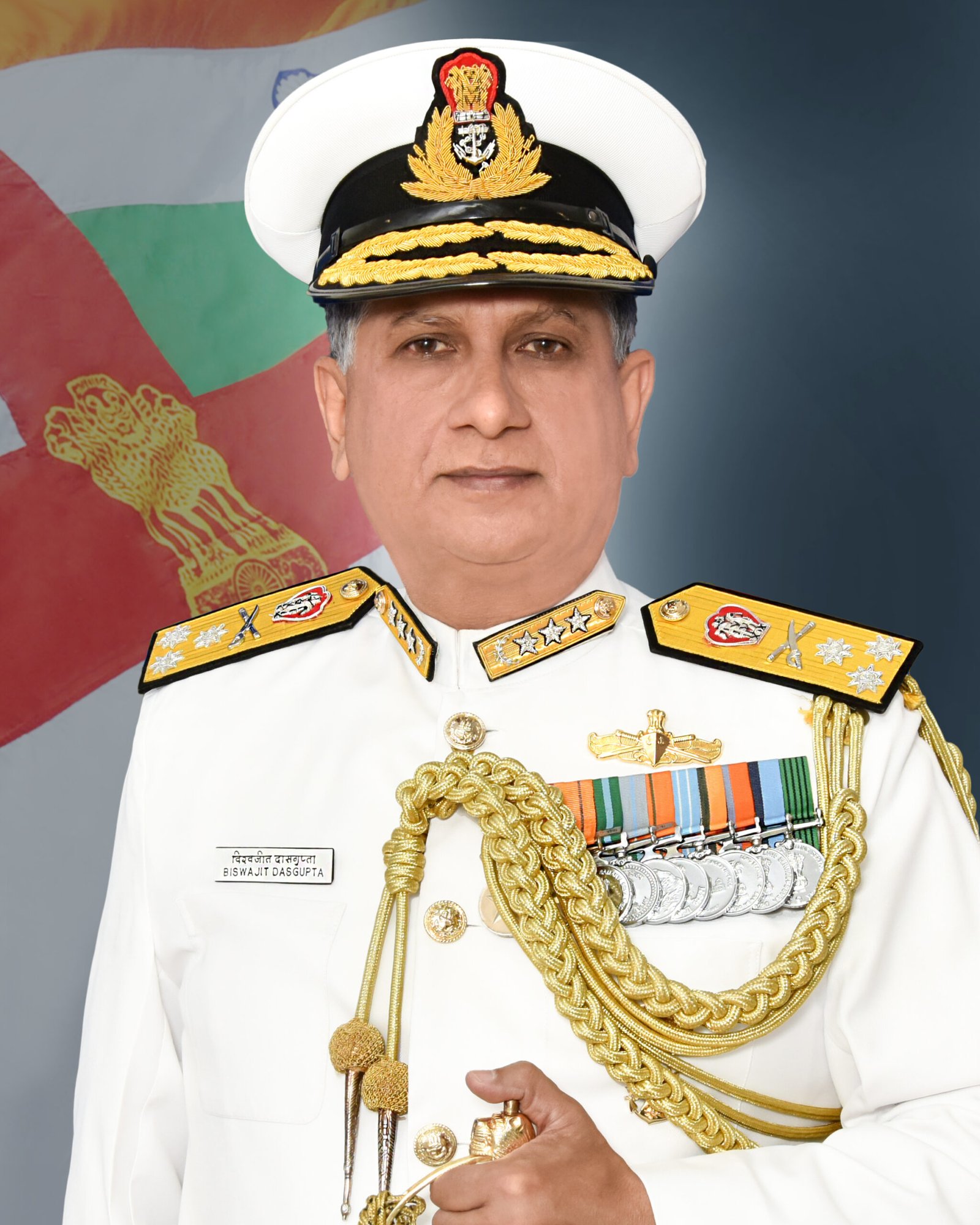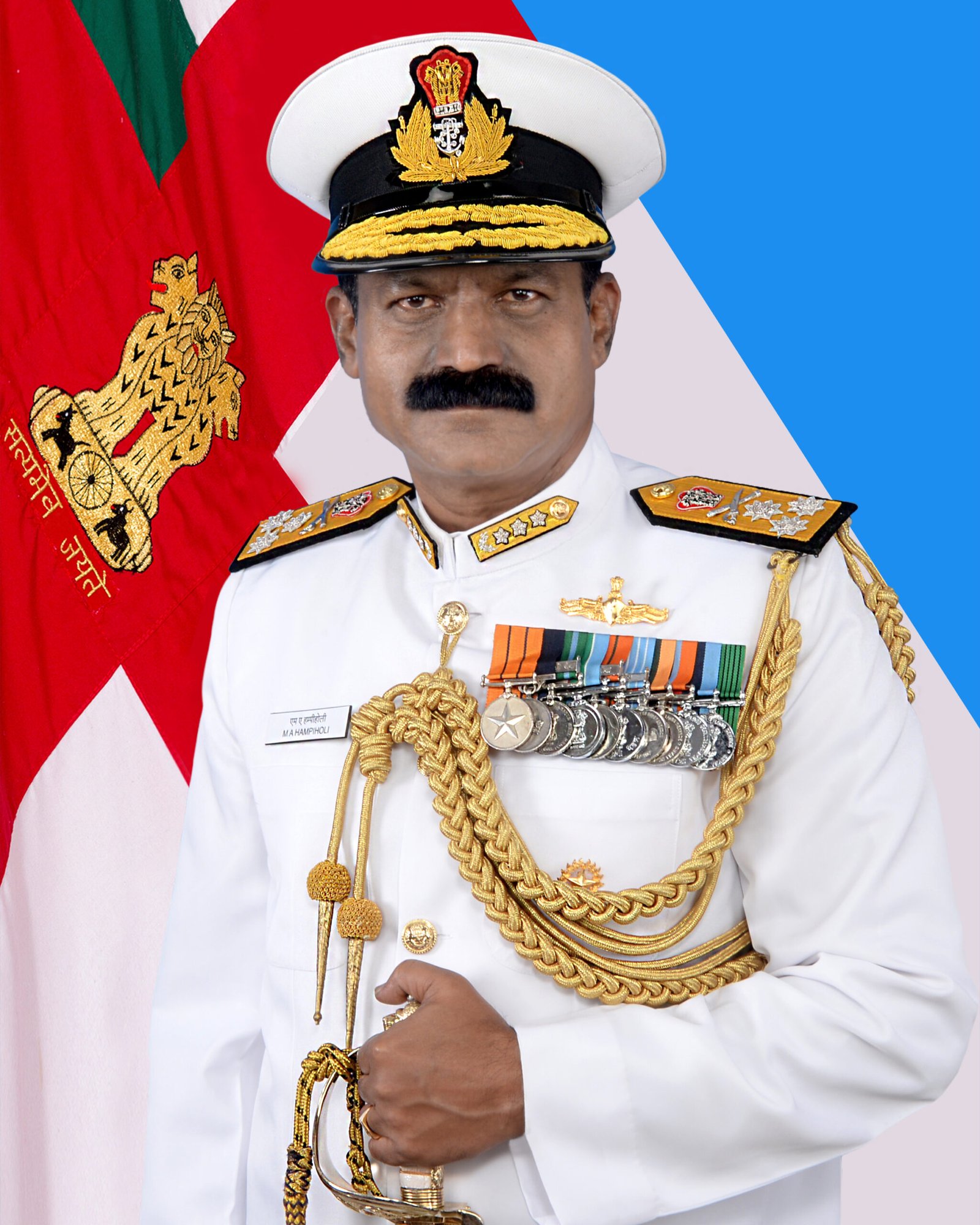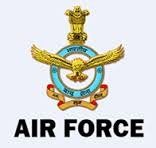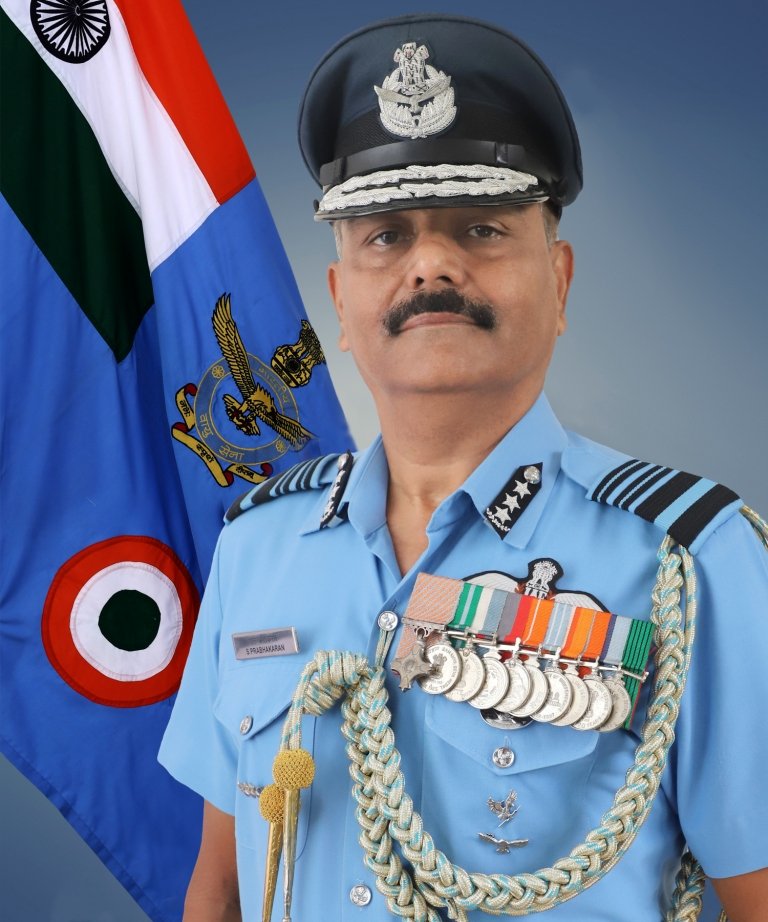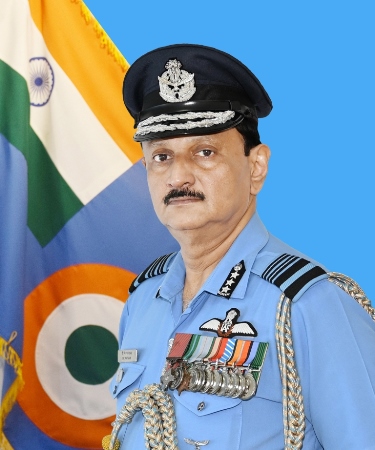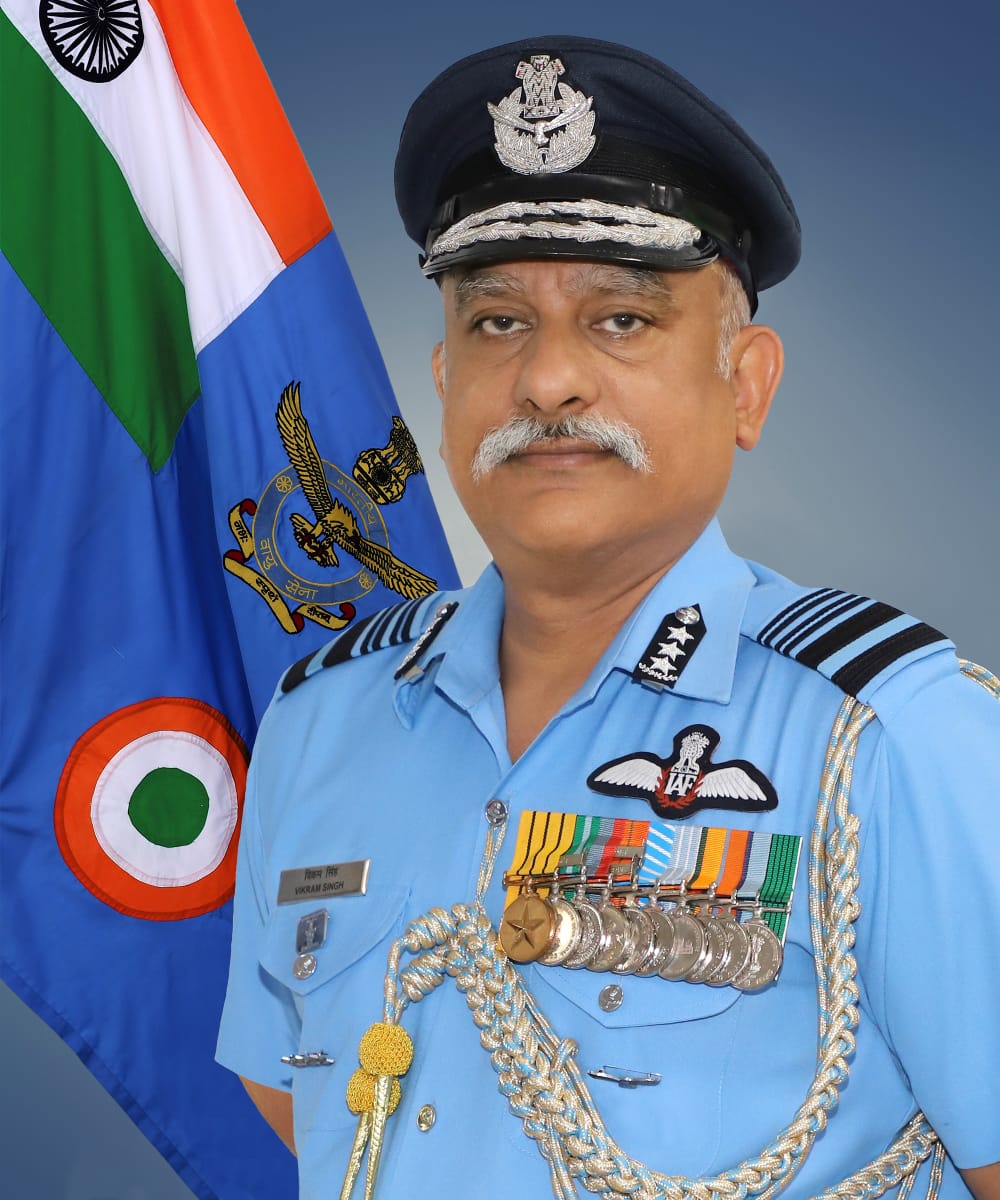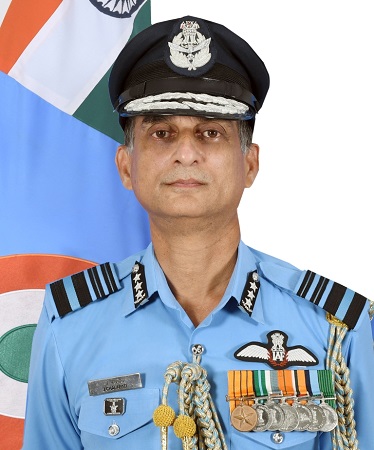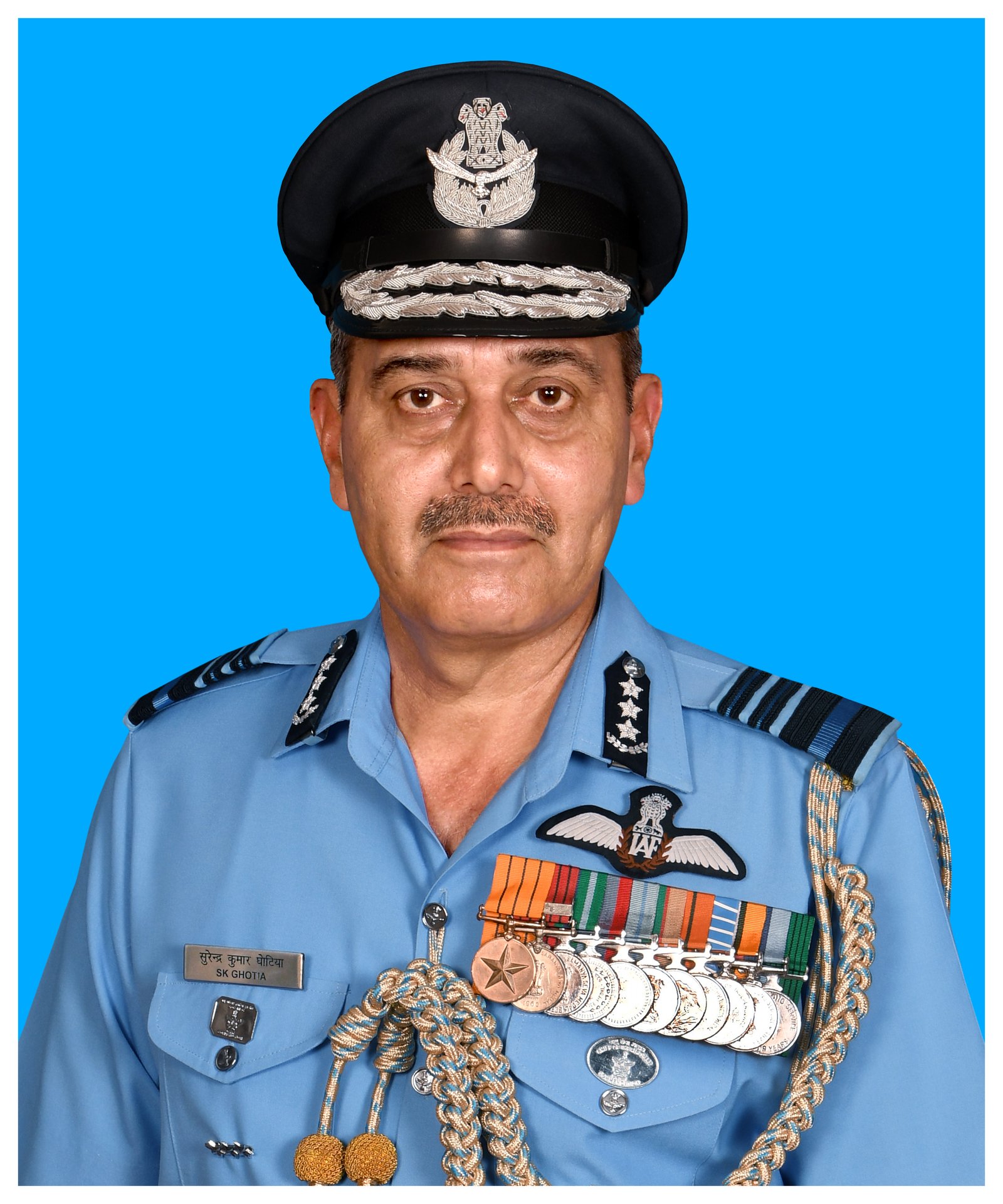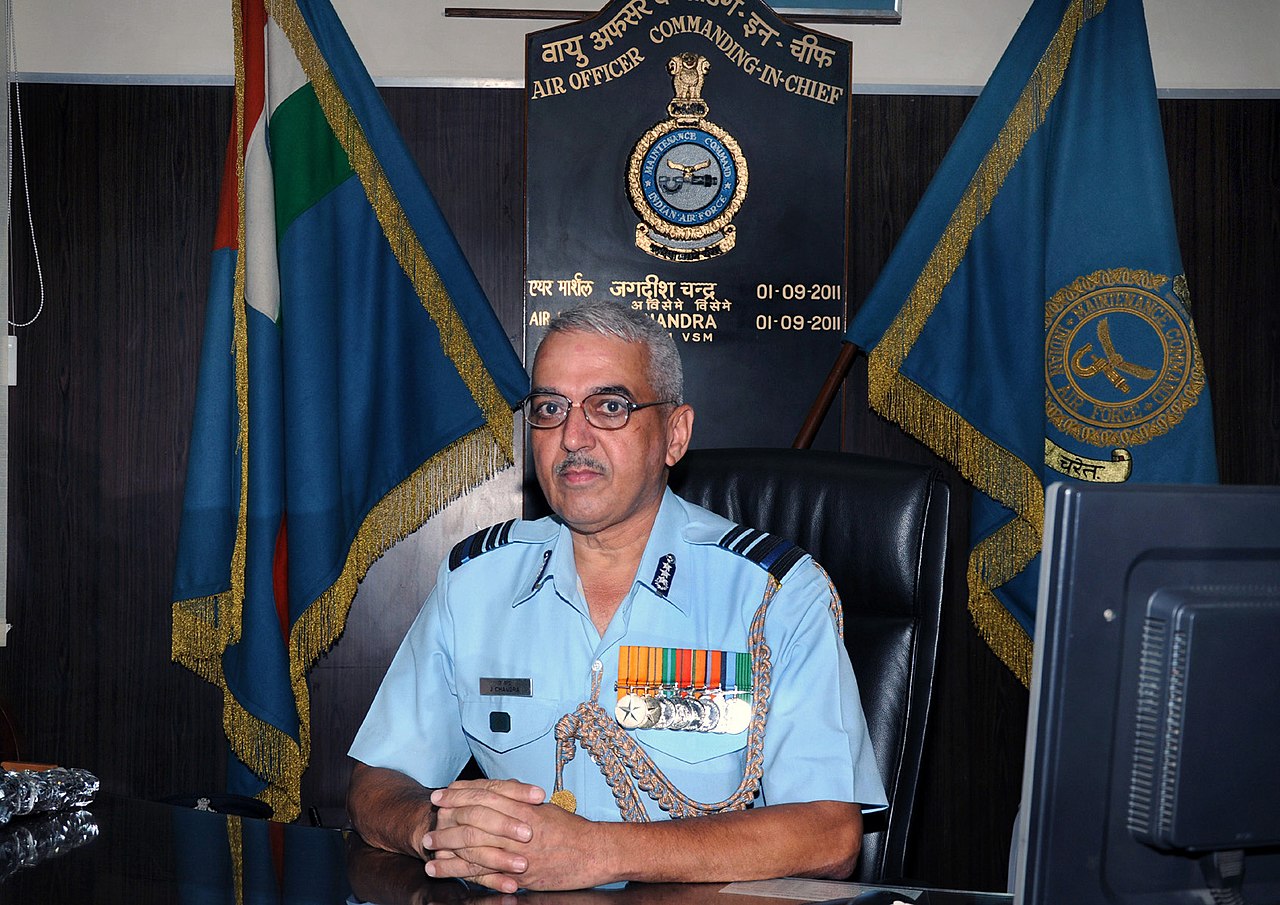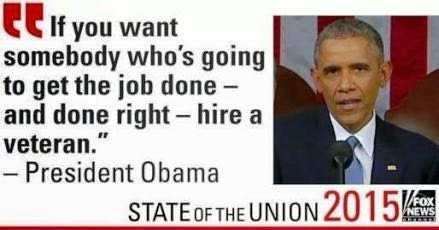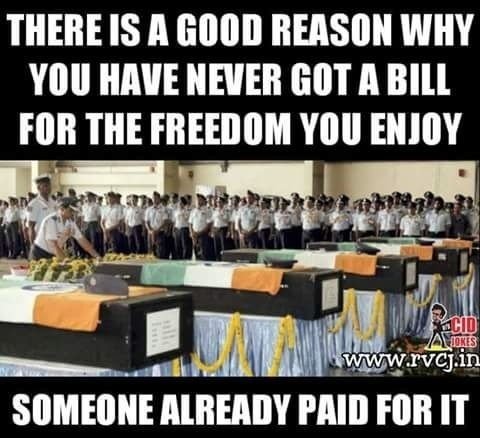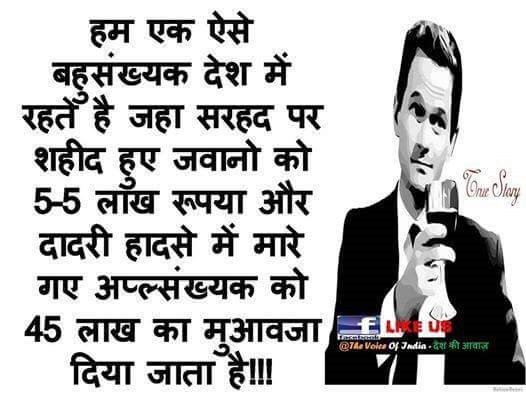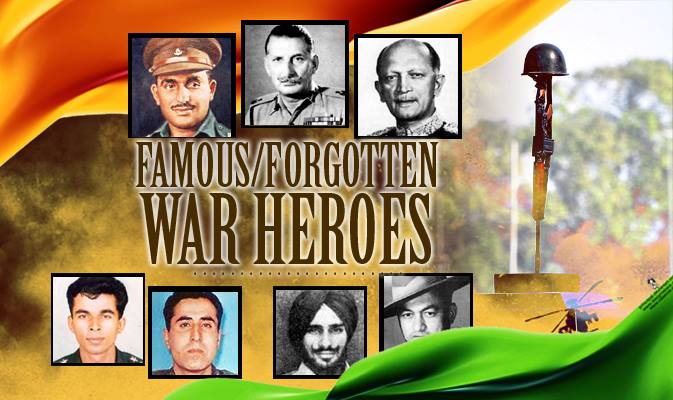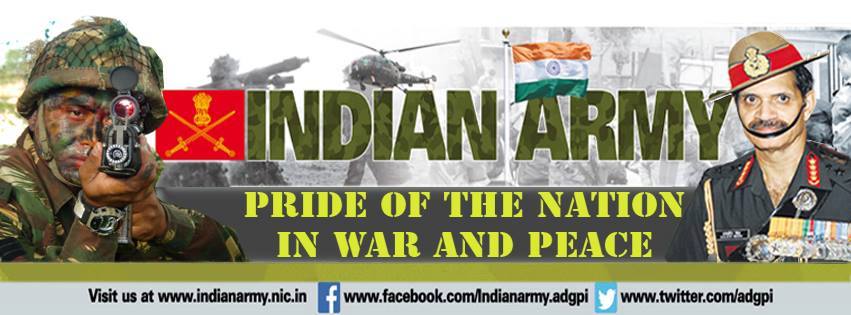Two US generals had visited Bangladesh when Yunus went to China.

Vice Adm Shekhar Sinha Retd

Not all is well on India’s eastern seaboard. At the time of PM Sheikh Hasina’s upstaging in last August, the script seemed to have the US signature all over. This perception was strengthened by the parachuting of Muhammad Yunus as Chief Adviser of Bangladesh’s interim government. Yunus had been earlier under US patronage for a few years.
However, the setting up of this governance model was unconstitutional since a caretaker government in Bangladesh is supposed to be headed by a Supreme Court judge. But, it had the backing of the army. Further, Yunus flew down to DC with the ‘student leader’ who had led the agitation before the regime change. He was introduced to Bill Clinton and, possibly, Joe Biden, giving legitimacy to the belief that the US deep state had steered the drama.
Yunus’ actions and the statements from his advisers have been adversarial to India. Foreign Secretary Vikram Misri visited Dhaka recently and met Yunus and, probably, conveyed India’s concerns.
Recently, Yunus called on General Secretary Xi Jinping in Beijing. He also addressed a business forum, where he said: “Seven sisters of India are landlocked — they have no way to reach the ocean. We are the only guardian of the ocean for all of this region…. From Bangladesh, you can go anywhere you want. The ocean is in our backyard. So, this is the opportunity that you want to take.”
Either the Adviser is geopolitically naïve or he hasn’t looked at the map. With a 580-km coastline, he considers Bangladesh to be the “guardian of the ocean for all of this region.” On the east coast alone, India has a coastline of approximately 6,100 km and along with Andaman and Nicobar Islands, it is around 7,516 km.
The size of the country, its trade, the combat naval arsenal, including two (soon to be three) Sub-Surface Ballistic Nuclear (SSBN) submarines, all in the east coast, speak for themselves. Clearly, his imagination that Bangladesh is the “guardian of the ocean” is misplaced.
The armed forces of the two countries, particularly the navies, hold regular exercises, a large number of personnel are trained in India and enjoy very cordial relations.
Yunus must be naïve to invite Chinese businessmen, knowing well that the US would not expect this from its proxy. Incidentally, two US generals were visiting Bangladesh when the Adviser travelled to China. Also, soon after his return, the army chief, General Waker-Uz-Zaman, visited Beijing.
Before her upstaging, Hasina had stated that the US was keen to use St Martin Island, located 9 km from the Cox’s Bazar-Teknaf peninsula, but she had declined the request. St Martin is just about 8 km from the Myanmar coast, making it rather strategic.
The US has been monitoring the worsening situation in Myanmar as also the growing influence of China in Bangladesh and Myanmar.
The Bay of Bengal is the only section of the Indian Ocean where the US does not have a physical presence. The Biden administration had earmarked $167 million for Myanmar, including $75 million for cross-border aid, of which $25 million was for non-lethal support to ethnic armed organisations.
China has been supporting both the military junta in Myanmar and several armed groups primarily to protect its port operations in Kyaukphyu, where oil from the Gulf is discharged and taken through pipelines to the Kunming refinery. This can be an alternative to the Malacca route, which exposes it to threats in times of tension with the US. China also supports some rebel groups near its border with Myanmar to not disturb the supply route. It developed Kyaukphyu port, which is used to offload Saudi and Iranian crude and taken to Kunming.
To maintain the balance of power between the two friends (China and India), the Myanmar government awarded the development and operational contract of the Sittwe port to India’s IPGL. It is key to the Kaladan Multimodal Transit Transport Project. This is also an alternative route to the Northeastern states, bypassing Bangladesh.
It will open the possibility of connecting the NE states with Thailand, Laos, Cambodia and Vietnam, opening into the Pacific (South China Sea).
China has many stakes in Bangladesh’s infrastructure as well as weapon platforms for its armed forces. It has 11 projects in hand. It is also Bangladesh’s top import partner. Bangladesh is also part of the BRI. All said, the Chinese projects provide 55,000 jobs to Bangladeshis. There were reports of discussion for PLAN ships to operate regularly from Bangladesh ports. This was declined by the Hasina government to avoid the Bay of Bengal becoming the new ocean of geopolitical contestation.
The US, too, has been active in this area, given China’s influence of the PRC and its stakes in both Myanmar and Bangladesh. And now, the Arakan army has gained control of Rakhine state and the border with Bangladesh, except the ports of Sittwe and Kyaukpyu. Rohingyas in Rakhine are facing the Arakan army’s onslaught and alleged human rights violation.
President Trump has suspended USAID, which was being used for basic food and medical care for thousands of Burmese refugees in Bangladesh, India and Thailand, raising the risk of malnutrition and death.
Yunus has reportedly agreed to invite China for the development of Mongla port (the operation of which was awarded to India by the Sheikh Hasina government). Yunus has also reportedly invited Pakistan to build an airbase at Lalmonirhat, near Chicken’s Neck. Both these could have adverse geopolitical consequences for Bangladesh.
The narrow portion of Bangladesh just below Chicken’s Neck is vulnerable to action by the Indian armed forces. There is a threat of retaliation from these new developments. Also, down south, the Arakan army has been giving hot pursuit to Rohingyas, right up to the Chittagong Hill Tracts. This narrow portion of Bangladesh has borders with Tripura, where ethnic Arakans are known to operate.
This portion, about 17 km wide, opens into the Bay of Bengal. Given the Arakan army’s advance, this part of Bangladesh, which includes Chittagong Harbour, is vulnerable to a split from the country.The US would be monitoring these developments closely since keeping China away from the Bay of Bengal is in the interest of its Indo-Pacific strategy.
The Bangladesh Government should concentrate on solving domestic problems rather than creating new external ones, which may become a geopolitical contest ground.


